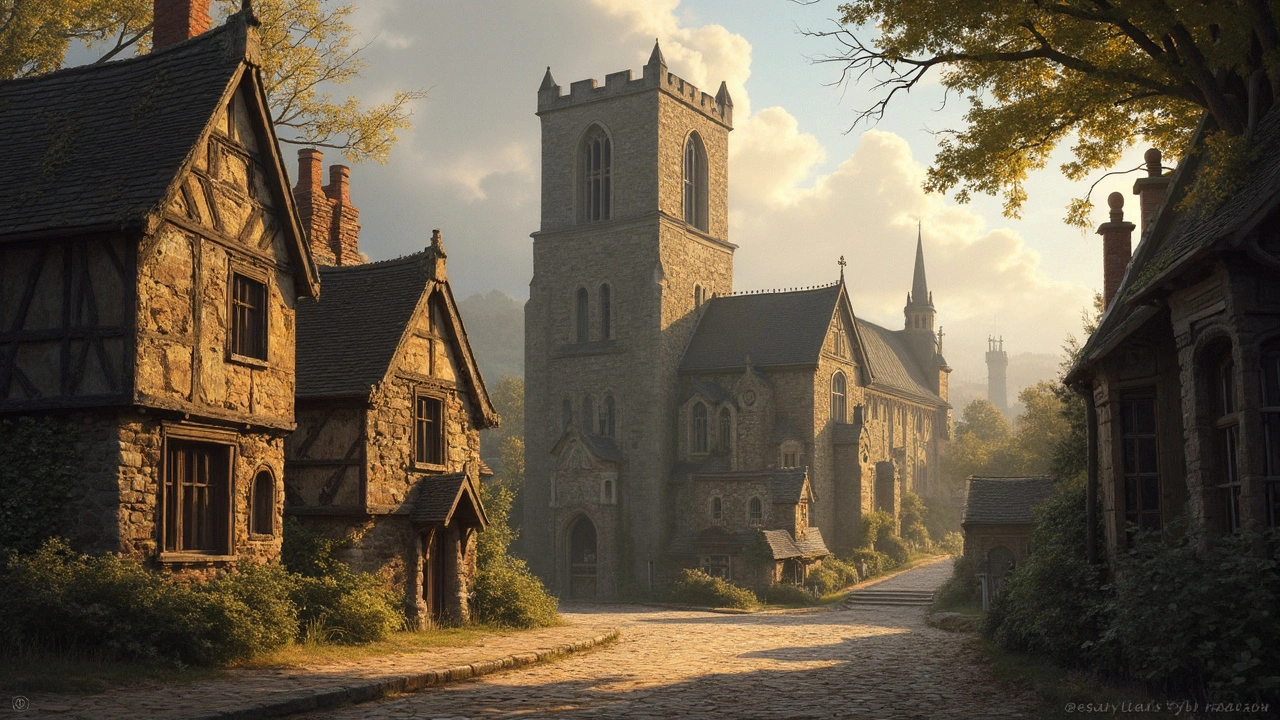Church design: how form helps worship
A church building isn’t just a pretty face—its layout, light, and materials shape how people gather, listen, pray, and feel. One small change in seating, sightlines, or sound can make services more focused and welcoming. Below are practical ideas that work whether you’re planning a new chapel, renovating a parish hall, or adapting a historic church for modern use.
Layout, sightlines, and seating
Start with how people move. Place the altar, stage, or focal point so everyone has a clear view without craning necks. Raked or stepped seating helps in larger spaces; flexible pews or movable chairs work well for multi-use rooms. For community-focused services, consider semi-circular seating that brings people closer together and improves sightlines without expensive rework.
Think about processions and accessibility. Keep aisles wide enough for wheelchairs and liturgical movement. Add a visible, level path to the chancel and plan seating blocks so ushers can guide people easily. A small vestibule reduces noise from outside and gives latecomers a place to settle without disrupting worship.
Light, sound, and atmosphere
Natural light changes mood—use it intentionally. High windows or clerestories bring soft, even light that lifts faces and reduces glare on screens. If you want dramatic moments, controlled shafts of light over the altar work well, but balance them with dimmable artificial lighting for evening services.
Acoustics matter more than fancy fixtures. Hard stone walls look beautiful but create echo. Add absorptive materials—carpets under seating, upholstered cushions, or discreet acoustic panels—to keep speech intelligible. For music-heavy services, design a modest reflection surface behind singers and place speakers where they support, not overpower, live sound.
Integrate modern tech discreetly. Routing cable runs into floor boxes, using hidden projector mounts, and choosing compact speakers preserve the sacred aesthetic while meeting contemporary needs. Test sightlines with projected content from different seating points before committing.
Respect historic fabric when restoring. Preserve original features like stained glass, vaulted ceilings, or carved wood while making subtle upgrades for safety and accessibility. Reversible interventions—like freestanding ramps or wireless lighting controls—keep options open and protect heritage value.
Choose materials for durability and feel. Warm woods and stone convey permanence; painted masonry brightens dark rooms. For high-traffic areas, pick finishes that clean easily and age gracefully. Small details—clear signage, comfortable kneelers, and intuitive lighting—help members focus on worship rather than logistics.
Finally, involve the community. Hold walk-throughs, show simple 3D views, and ask parishioners where they stand, sit, and gather. Design that listens to real users usually leads to spaces that feel right from the first service.
If you want, I can pull examples from Gothic, Byzantine, Baroque, and Romanesque styles on this site and sketch how to blend those traditions with modern needs.

Exploring Romanesque Architecture: A Medieval Masterpiece
Romanesque architecture offers a glimpse into the medieval mind with its robust and sturdy designs. Dominated by thick walls, rounded arches, and massive towers, this style emerged around the 10th century. It profoundly influenced the structure of churches and castles throughout Europe. Exploring these architectural marvels reveals intricate carvings and the clever use of light. Experience the mysterious and awe-inspiring reality of buildings that have stood the test of time, and understand the principles that inspired countless architects.
Read more
Exploring the Beauty of Romanesque Architecture: A Journey Through Time
Romanesque architecture emerged as a defining style in medieval Europe, characterized by its massive stone structures, rounded arches, and sturdy pillars. This architectural style, flourishing between the 9th and 12th centuries, set the foundation for the later Gothic architecture. By examining key features such as barrel vaults and decorative arcading, this article unravels the cultural and historical significance of Romanesque design. It also offers insights into exemplary structures that illustrate the architectural ingenuity of the era.
Read more